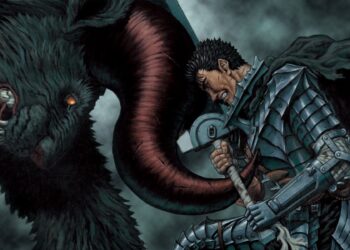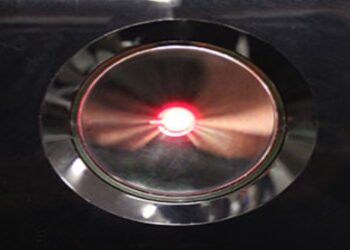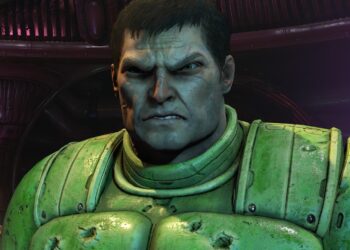Obelisk the Tormentor: Is This Blue Behemoth Actually Worth a Damn?
Let’s discuss Obelisk the Tormentor. This blue giant is one of the legendary Egyptian God cards from Yu-Gi-Oh!. It looks strong enough to lift a car. However, is Obelisk truly good? Let’s break it down and find out if this God card is amazing or just a big disappointment.
Is Obelisk Legal? Tournament Talk for Tormentor Time
So, you’ve got an Obelisk and are ready to crush your opponent. Slow down. There’s a rule twist in Yu-Gi-Oh! regarding this God card. There are original prints and then there are legal versions.
Original Flavor Obelisk: Think vintage. The original Egyptian God cards look cool, like pieces of art. However, they are not useful in tournaments, and here’s why: original prints have unique card backs and text. In tournaments, that signals “marked card.” No one wants to face cheating accusations over a blue monster.
The original Obelisk is like a collector’s item you can’t play with. The text says it: it’s not for dueling. Treat it as an expensive, blue paperweight. You can check out the history of God Cards at TCGplayer Infinite for more lore.
The Legal Eagles (Prints, Actually): Relax, aspiring duelists! There are legal prints of Obelisk. These versions have effects that make them more useful than the original flavor text. They exist to help you win in legal matches, which is the goal, right?
Ban List Blues? Obelisk Dodges the Hammer (For Now)
Now, let’s clear a rumor: Is Obelisk banned? No. Despite the gossip, Obelisk the Tormentor isn’t on the Yu-Gi-Oh! ban list. Many think these cards are too strong and thus forbidden. This myth likely comes from players defeated by Fist of Fate.
The original Egyptian Gods were illegal for play not because they were too strong, but due to their non-standard designs. Cards on the “Forbidden” list disrupt the game too much. Obelisk’s stats do not reach that legendary status. Relax; you can still summon this blue giant in a duel as long as it’s a legal print. Game Rant has a good summary of the Egyptian God cards if you want more background.
Obelisk’s Oomph: Power and Punishing Prowess
Okay, so Obelisk is legal now (the playable version). But, can it fight well? Let’s analyze what this Tormentor brings.
First, summoning Obelisk is tough. You need to tribute 3 monsters for a Normal Summon. You cannot just Set it face-down. Still, when it appears, it makes an impact. Its Normal Summon cannot be negated; no cards activate when it hits the field.
Once on the field, Obelisk is quite tough. It has 4000 ATK and 4000 DEF, making it a solid wall and attacker. Crucially, it cannot be targeted by spells, traps, or card effects. All those annoying removal cards your enemy loves? They won’t work on Obelisk. Mirror Force? Nope. Compulsory Evacuation Device? Nada. Bottomless Trap Hole? Forget it.
However, don’t get too confident. Obelisk isn’t invincible. It can be destroyed by non-targeting effects. Cards like Dark Hole or Raigeki wipe all monsters without targeting, so they work fine. Likewise, effects that destroy all monsters will take down this massive blue beast. While tough, it’s not immune to everything—just picky about how it goes down.
Rarity Roundup: Is Obelisk a Penny or Priceless?
Want to own an Obelisk the Tormentor? You have choices that range from “easy to find” to “sell your organs” rare.
The most common version you’ll find is the Ultra Rare from Egyptian God Deck: Obelisk the Tormentor. These are fairly easy to get and won’t cost a fortune. You can find them online or in card shops without selling your house.
On the flip side, we have truly rare collectibles. For example, there’s a shiny metal God card of Obelisk, limited to only 5,000 globally. These suit serious collectors more than duelists wanting to compete. Think of it as owning a notable Yu-Gi-Oh! artifact… a very shiny, hefty artifact.
Obelisk vs. The World: How Does It Stack Up?
Let’s place Obelisk against some notable characters in Yu-Gi-Oh! and compare.
- Obelisk vs. Exodia: Exodia is the forbidden one. Exodia and the Egyptian Gods are classified as similarly powerful in lore. Fans debate whether Exodia edges out due to anime moments where Exodia faced Zorc while the Gods struggled. In a duel, it’s up for debate; however, Exodia’s instant win condition is something Obelisk cannot match.
- Obelisk vs. Holactie the Creator of Light: Holactie is an ultimate God card, fusing Obelisk, Slifer, and Ra. Holactie is generally seen as stronger than Exodia for raw power. Summoning Holactie needs all three Gods, making it a high-risk move, but can lead to victory if executed.
- Obelisk vs. Slifer the Sky Dragon: Slifer has a unique power style. Its attack value depends on your cards in hand, allowing it to reach incredible values. Some argue Slifer ranks higher due to potential huge ATK boosts and its monster weakening effect on summon.
- Obelisk vs. The Winged Dragon of Ra: Ra often ranks as the top Egyptian God. Ra seems to best both Slifer and Obelisk with ease in anime. Ra’s versatile abilities create chaos on the field. Debating Ra’s superiority in practical games persists, but lore often crowns it as the top God card.
Symbolism Smorgasbord: What Does Obelisk Actually Represent?
Beyond the stats and powers, Obelisk the Tormentor carries symbolic weight too. It symbolizes Order but not just any—it’s a tyrannical order. Think “law and order” enforced by force. Obelisk demands control through sheer power, not gentle persuasion. Just look at the art—it screams “tyrant” in bold blue letters.
There you have it. Obelisk the Tormentor: powerful, strong, and symbolically significant. Is it the best card in Yu-Gi-Oh!? Probably not. But is it formidable? Definitely. Just ensure it’s a legal print, or your tormenting occurs from the sidelines.










